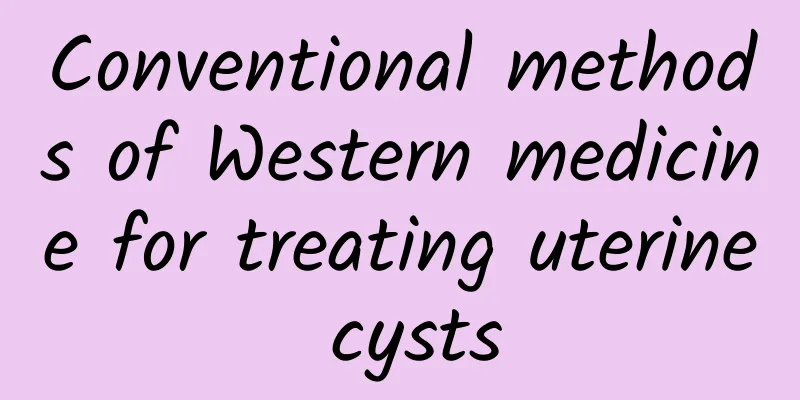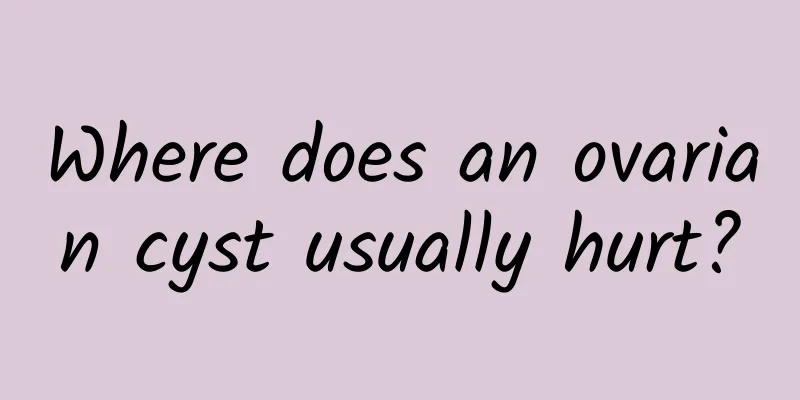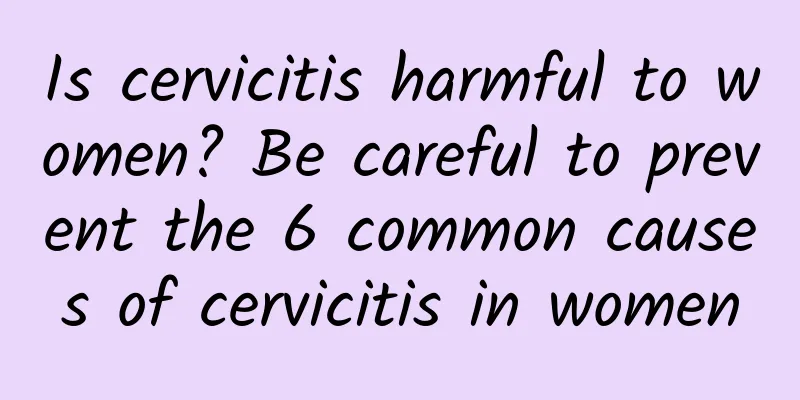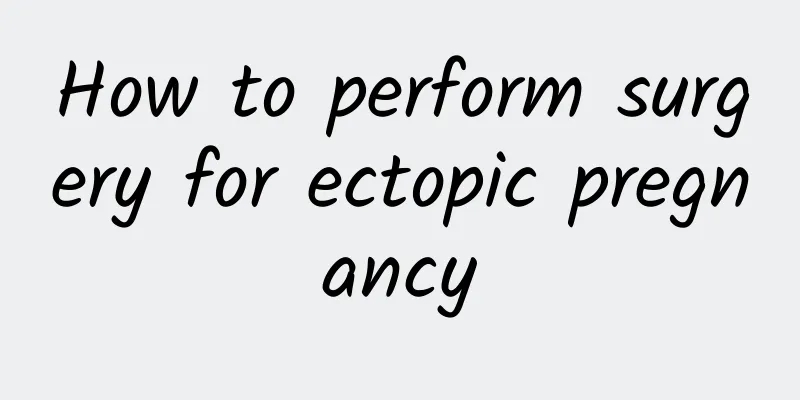How long does it take for the embryo to stop developing? What should you pay attention to when the embryo stops developing?
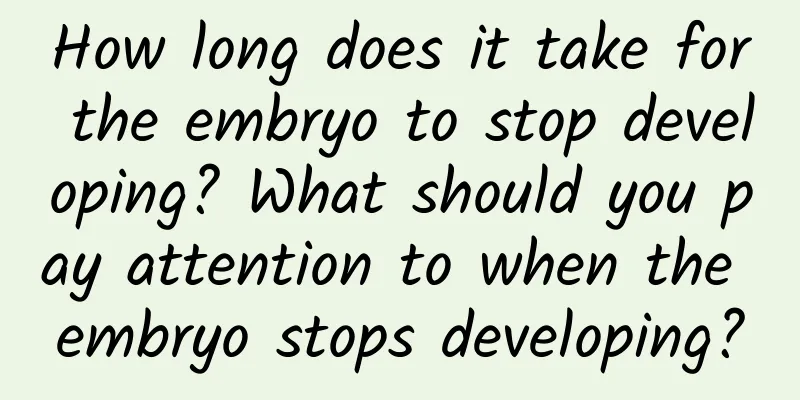
|
If a pregnant woman has had multiple miscarriages or has hormonal disorders or chromosomal abnormalities in the fetus, many factors may cause the fetus to stop developing. Once the fetus stops developing, the patient and her family should always pay attention to the patient's physical condition. If the dead fetus cannot be expelled in time, she should go to a regular medical institution for comprehensive diagnosis and treatment as soon as possible to avoid causing a variety of serious sequelae. So how long will it take for the embryo to stop developing before miscarriage? How long does it take for the embryo to stop developing before miscarriage If the trophoblast cells in the uterine cavity have completely died after the embryo stops developing, then spontaneous abortion may occur. However, if spontaneous abortion has not occurred after a week after the embryo stops developing, you should immediately go to a regular professional hospital for diagnosis and treatment to avoid heavy bleeding and a series of serious gynecological diseases. What should I pay attention to when the embryo stops developing? Once the fetus in the abdomen stops developing, the series of pregnancy reactions that the mother had before will gradually disappear. First, various early pregnancy reactions such as nausea and vomiting will suddenly disappear, followed by the feeling of breast swelling and pain. Soon after, vaginal bleeding will occur, and the color of the blood is usually dark red. Some patients will eventually experience symptoms of lower abdominal pain, and then successfully expel the embryo. After the embryo stops developing in the abdomen, there is indeed a possibility of spontaneous abortion. The death state of trophoblast cells is the main factor that determines spontaneous abortion. After the fetus stops developing in the abdomen, it does not mean that the trophoblast cells near the embryo have died. After the embryo stops developing, the death state of trophoblast cells varies from person to person. Only after the trophoblast cells of patients with embryonic arrest are completely apoptotic can spontaneous abortion occur. In other words, after embryonic arrest, the fetus may be naturally expelled from the patient's body at any time, but it may also be retained in the uterus for a long time. Most patients with embryonic arrest will not have a spontaneous miscarriage on their own. Therefore, once embryonic arrest is confirmed, it is recommended that the patient observe for a week. If there is no miscarriage after a week, go to the hospital for treatment as soon as possible. The above is the explanation of how long it takes for a miscarriage to occur after the embryo stops developing. After the embryo stops developing, necrosis of the embryo will cause a large amount of bacterial toxins to grow in the uterus, leading to serious consequences such as uterine infection or coagulation dysfunction causing heavy bleeding. Therefore, if there is no spontaneous abortion one week after the embryo stops developing, a uterine curettage surgery must be performed as soon as possible. |
Recommend
Can a mother with endometrial tuberculosis pass it on to her daughter?
Endometrial tuberculosis is an inflammation of th...
What causes women's menstrual irregularities?
Menstruation is an important physiological charac...
5 common hazards of uterine fibroids
Uterine fibroids, also known as uterine leiomyoma...
How to prevent vaginitis from the details of life?
How to prevent vaginitis from the details of life...
Women need to pay attention to surgical treatment of ovarian cysts
Ovarian cysts are a common disease among women. A...
Related care for chocolate cyst infection
Daily health care is a way to show your healthy l...
What is uterine fibroids with adenomyosis?
Many times, we neglect the health of our female f...
What foods should women avoid during the recovery period after abortion?
After undergoing an abortion, women should pay at...
Stepping and jogging exercise improves diabetes and hypertension
Improve diabetes through slow pedaling exercise D...
Is cervical erosion caused by sexual intercourse? There are many reasons for cervical erosion.
Cervical erosion is very harmful to women. It may...
Four major symptoms of cervical hypertrophy
Keywords: symptoms of cervical hypertrophy, cervi...
Pelvic inflammatory disease may also cause varying degrees of increased vaginal discharge
Pelvic inflammatory disease may also cause varyin...
What are the symptoms of hyperprolactinemia?
Hyperprolactinemia is a disease that is not famil...
How to determine whether it is inflammation or ectopic pregnancy?
How to determine whether it is inflammation or ec...
A brief analysis on the prevention of hyperprolactinemia
We need to actively grasp the prevention methods ...
